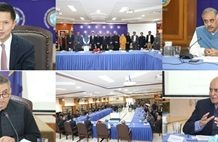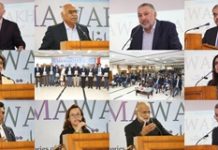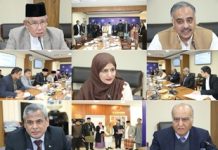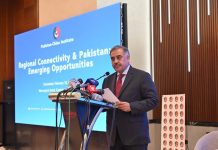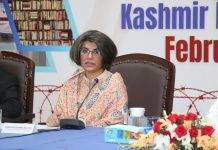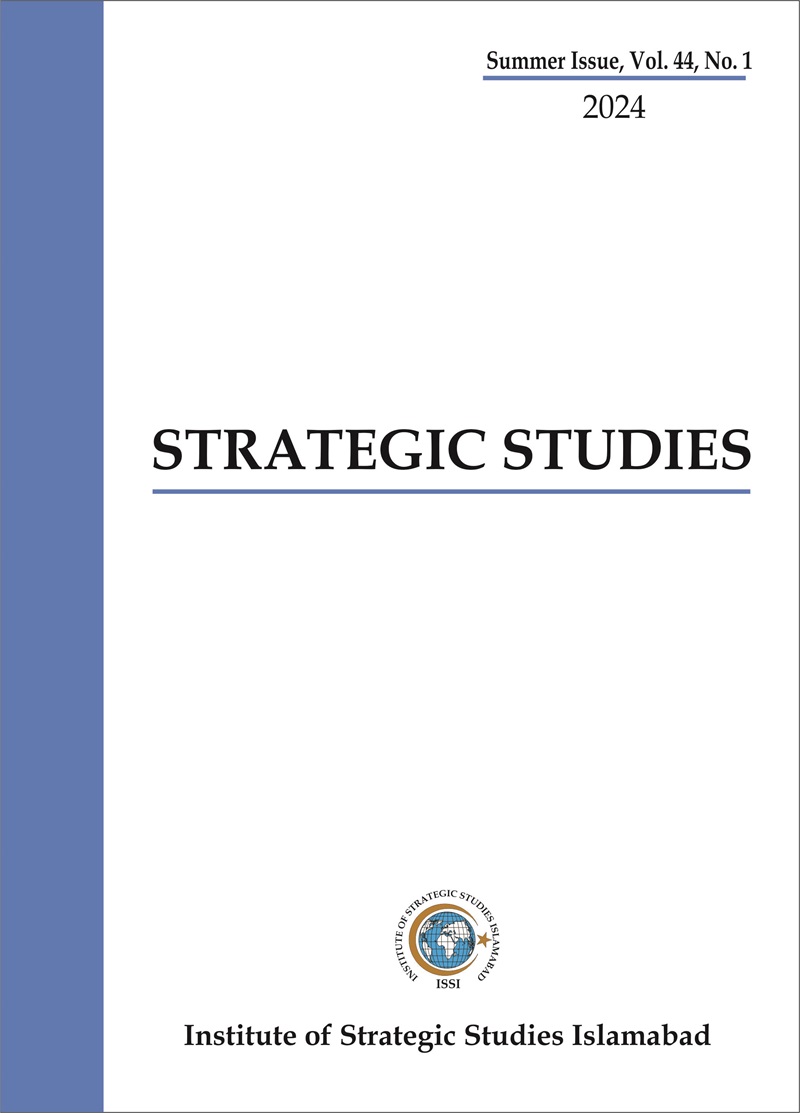Remarks by DG ISSI Ambassador Sohail Mahmood at the One-Day International Conference “Celebrating Pakistan’s Ancient Archeological and
Civilisational Heritage”, September 30, 2024

It is a distinct privilege to welcome everyone to the ISSI for this International Conference on “Celebrating Pakistan’s Ancient Archeological and Civilisational Heritage.”
In 1950, Dr. Mortimer Wheeler published a book with the title, “Five Thousand Years of Pakistan.“ Remember that Pakistan had become an independent state only three years ago, in 1947. Dr. Wheeler himself acknowledged that the book’s “title is a willful paradox but contains a fundamental truth.”
Indeed, the ‘fundamental truth’ is that while we may be a young nation but Pakistan is a proud heir to the millennia-old, multi-layered archeological and civilisational heritage the diversity and magnificence of which has few parallels. From pre-historic to historic to medieval to modern age, this land and its people have been a part of a fascinating journey of continuous transformation and progress. And, as such, this geographical and cultural space has been the envy of much of the outside world.
The essential purpose of convening this International Conference is to re-tell that story to both our own people in Pakistan and to our friends abroad. Besides recounting the salient aspects of this immense heritage, we aim to deliberate on how to ensure its best upkeep in physical terms as well as its widest dissemination within Pakistan and across the world.
To help us in this endeavour, we have a remarkable collection of archeologists, historians, area specialists, practitioners and policy-makers — joining us from Pakistan and abroad, in-person and on-line. On behalf of ISSI, I extend our profound gratitude to them for sparing the time and participating in this important mission. Their insightful contributions would immensely enrich the Conference deliberations.
It is also a pleasure to have Mr. Hassan Nasir Jamy, Federal Secretary for National Heritage and Culture, as guest of honour. His presence testifies to the importance that he and his Division attach to the subject-matter of this Conference. His discourse would shed light on how the Government is committed to protecting and further promoting this heritage in practical terms.
Lastly, we are honoured to welcome Senator Mushahid Hussain Sayed as the chief guest. The depth and breadth of his knowledge and experience across multiple domains is very well-known. Equally well-known are his valuable contributions in different areas of human endeavour inside Pakistan and to the positive engagement of Pakistan internationally, throughout his long and distinguished career. As Minister for Information, Culture and Tourism, he passionately projected Pakistan’s rich history and culture and remains its strongest proponent to this day. There can be no better person than Senator Mushahid Hussain to speak on the themes being explored in today’s conference. So we look forward to his insights and wise guidance.
Distinguished participants,
The Indus Valley civilisation is counted among the earliest cradles of civilisation, along with its contemporary Egyptian and Mesopotamian civilisations. It flowered during the third and second millennia B.C. The iconic cities of Mohenjo-Daro and Harappa are famed for their advanced urban planning, architectural brilliance, and intricate social systems. From the baked bricks to the seals, from the Priest-King to the dancing girls, and from gold jewellery to animal figures in terracotta, its artefacts illustrate the innovative spirit and exquisite craftsmanship of those times. To this day, they continue to amaze and inspire everyone from the expert to the lay visitor.
The Buddhist Gandhara civilisation flourished in and after the Second Century AD. Situated at the cross-roads of ancient trade routes, Gandhara served as a melting pot of diverse cultures and civilisations. It brought the East and the West together – embracing influences from ancient India, Persia, Central Asia, and the Hellenistic world. Gandhara’s archaeological sites, including at Taxila, Peshawar, Swat, Takht-i-Bahi, offer a treasure trove of Buddhist art and architecture. In spiritual terms, too, Gandhara became immensely important and sacred. One of the biggest contributions of this region was the beginning of Buddhist iconography, which subsequently spread to other parts of the world. Taxila, located in the northwestern part of Pakistan, was the most famous center of learning – being home to the oldest university in the world. In Buddhist consciousness, Taxila came to be known as the ultimate destination in the quest for knowledge for the faithful. Similarly, the triangle formed between Peshawar, Swat and Takht-i-Bahi was known for the acquisition of nirvana.
Distinguished participants,
Besides the Indus Valley and Gandhara civilisations, our land has embraced several other distinct civilisational and cultural layers – including the growth and evolution of Hindu civilisation, the origins of Sikhism, and the development of Islamic tradition within the Indian environment. This, undoubtedly, turns Pakistan into an incredible kaleidoscope – with a diversity of faiths, cultural richness, and imperatives of harmonious existence. It now falls upon us to assiduously harness this magnificent legacy and bequeath it in a sound shape to the future generations. In this regard, it would be prudent to consider a 4-track approach:
- First and foremost, it is important to mount a comprehensive, coherent, and coordinated national effort to preserve and promote this archaeological and civilisational heritage. This should include forging a synergistic relationship among all the relevant stakeholders, mobilising requisite technical expertise, and committing enhanced human and financial resources.
- Secondly, international collaboration is indispensable. Most of these sites and artefacts have been excavated and preserved by our experts and scholars with the help of eminent archeologists from friendly nations and support of international institutions, including UNESCO. A dynamic partnership with them for leveraging cutting-edge knowledge and technology is essential. Besides best upkeep of the present sites and artefacts, efforts should be made for further additions to the list of World Heritage sites in Pakistan. Due attention should also be accorded to secure more listings from Pakistan in the domain of Intangible Cultural Heritage.
- Thirdly, a wide-ranging and sustained information campaign is required in the traditional media and on new media platforms to raise further national and global awareness about this heritage. Pakistan has to be positioned as a key cultural destination. This heritage is part of Pakistan’s immense soft power, but it has not so far been projected in this particular light. It is time some systematic thought-process and effort was put in place in this regard — including through the engagement of our enterprising youth, influencers, and social and digital media.
- Fourthly, it is imperative to develop this heritage from the perspective of promoting sustainable cultural tourism. Imbibing from international best practices that support local communities and enable their economic empowerment would be crucial. Besides, the objective has to be to not only facilitate people-to-people exchanges but also build bridges across cultures and foster a spirit of peace and harmony.
In a nutshell, this Conference offers a valuable opportunity to put a much-needed spotlight on Pakistan’s ancient, multi-layered heritage and to craft a viable strategy and road-map for its development with a focus on tourism and economic growth. I thank all the distinguished speakers joining us today and look forward to their substantial contributions. I also wish fruitful deliberations for the coming sessions of the Conference.
Thank you!




